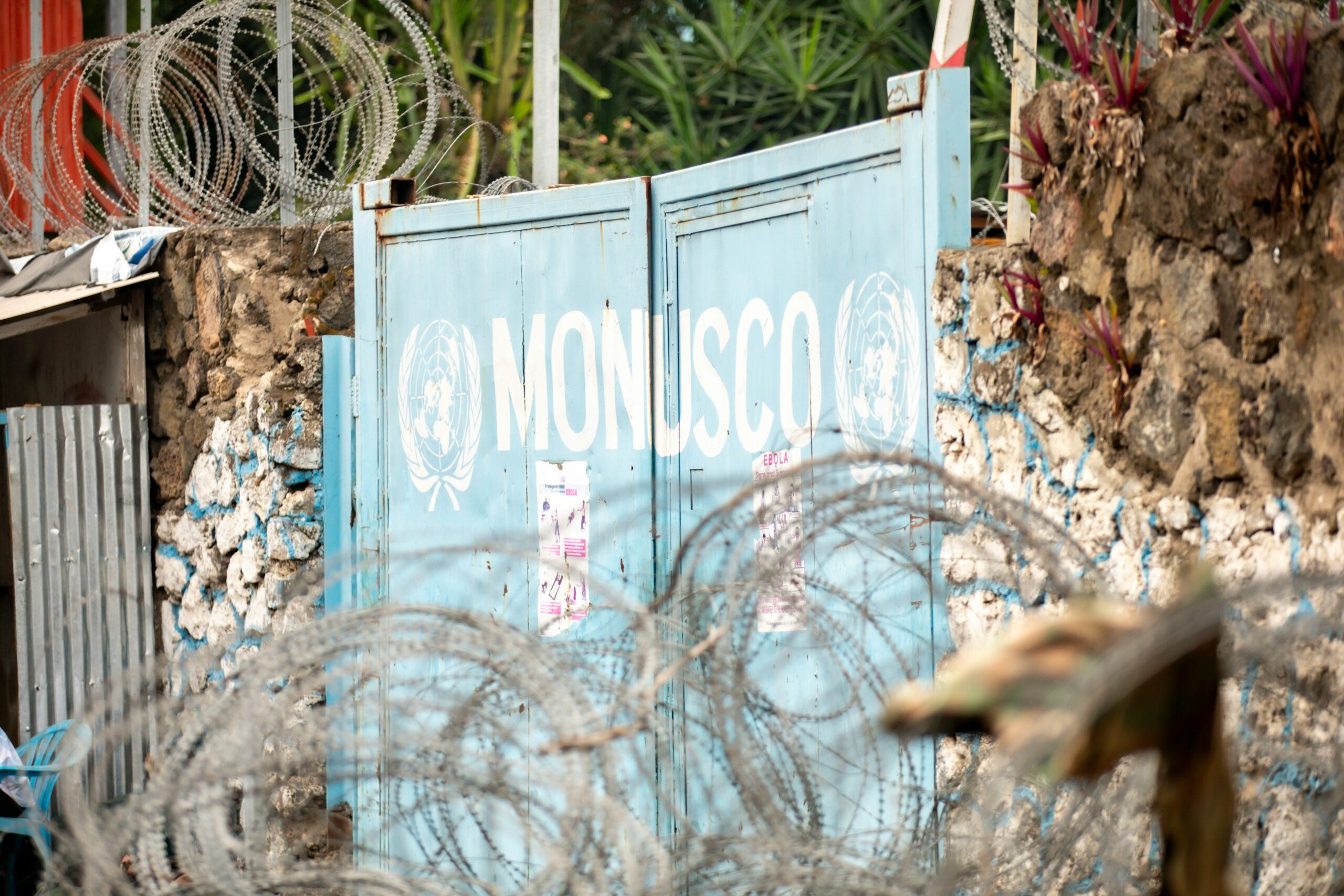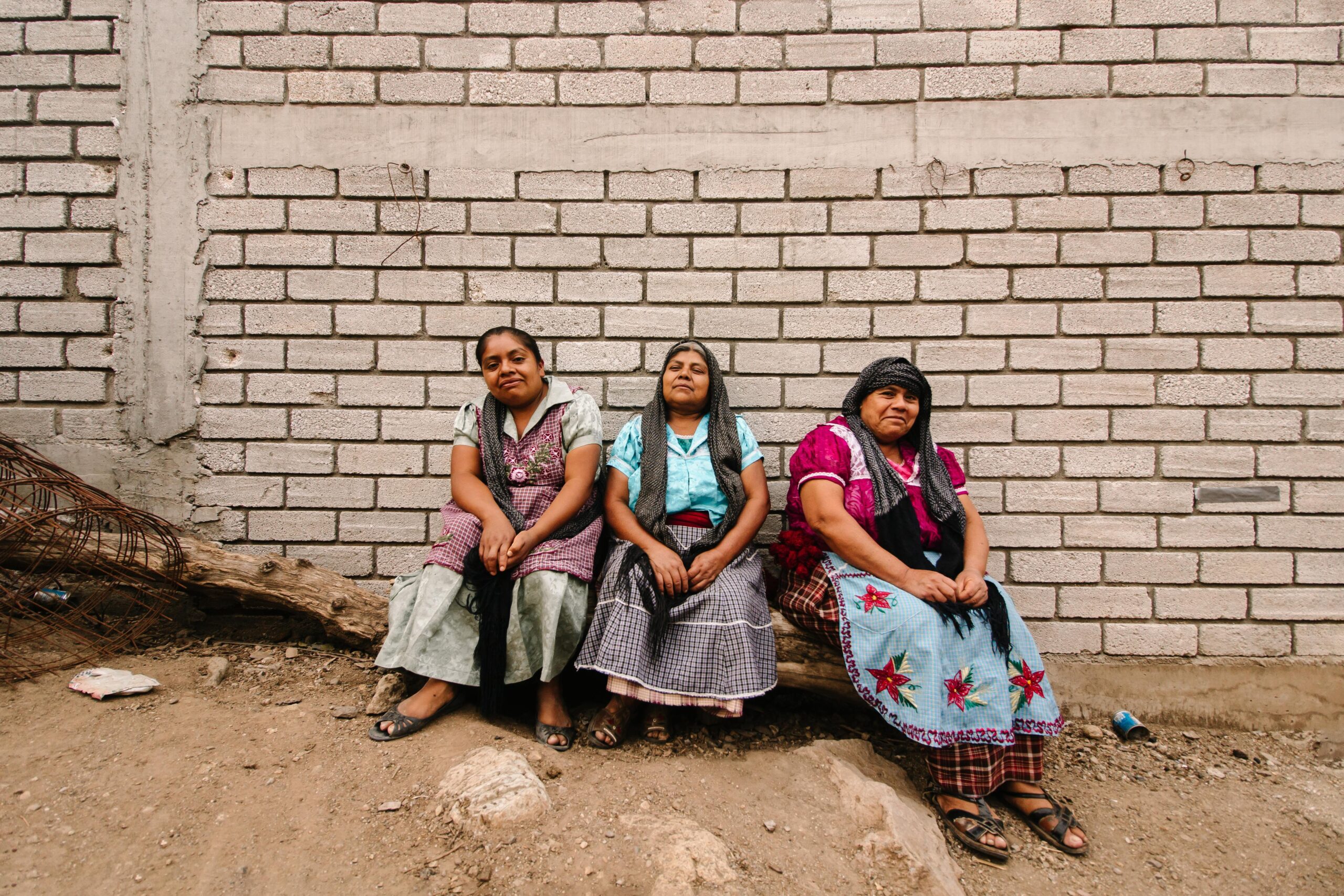By Matilda Lovängen
Since the Russian invasion of Ukraine in 2022, the UN human rights monitoring mission in Ukraine has documented 376 cases of conflict-related sexual violence. 262 cases of CRSV against men, 102 against women, 10 against girls and 2 against boys. According to the UN commissioner for human rights CRSV is gender based and affects individuals across gender. CRSV violates international law and therefore states have a responsibility, grounded in human rights, to prevent it. However, the stigma surrounding sexual violence is still standing in the way of documenting cases and implementing security measures preventing it, especially when it comes to CRSV against men.
Oleksii Sivak’s experience of sexual violence
In an interview with the Guardian, Ukrainian Oleksii Sivak shared his experience of CRSV in Russian detention centres. Sivak explained how the Russian tortured him for weeks by electric shocks to his genitals. According to the OHCHR the documented cases of CRSV in Russian detention centres include “rape, attempted rape, threats of rape and castration, beatings or the administration of electric shocks to genitals, repeated forced nudity and sexualised humiliation”. Sivak then recounts how he was presented with a list of medical specialists when he was rescued by Ukrainian troops, but even though the list of specialists covered both the body and the mind it did not contain a urologist. So he asked them “Am I meant to see a gynaecologist?”. The silence, rooted in the stigma surrounding sexual violence against men, Sivak received when recounting his experience shocked him but also made him become an activist committed to fighting the stigma.
Gender norms create stigmatization
The stigmatization of sexual violence against men can be found everywhere. The assumption that only women and girls are victims of sexual violence is deeply embedded in both the narrative of sexual violence and the security measures designed to address it. When researching sources and cases of CRSV, most references focus solely on women, even in the case of Ukraine, where cases of CRSV against men are being well documented. The assumption that only women and girls are victims of sexual violence can also be found in the international peace and security community. Development institutions, organizations and politics phrase their frameworks against sexual violence in a way that reproduces heteronormativity and gender norms. The UN women, peace and security (WPS) agenda for example uses the words ‘gender’ and ‘women’ interchangeably, which is problematic because it makes it seem like men and masculinity have nothing to do with gender and are unproblematic in regards to gender issues like sexual violence. The term ‘gender’ could be used in a way that make visible the ambiguities of gender based violence but instead the WPS agenda neglects it and reproduces the normative notions of masculinity and femininity that frames women as the only victims of sexual violence.
Masculine values
The stigma and invisibility of sexual violence against men is based on the position of masculinity within the state and the societal norm. While normative feminine attributes are considered weak, normative masculine attributes are considered powerful with a higher societal value. This gendered power structure is also evident during war and the normalization of sexual violence against the ‘other’ as a form of dignity deprivation and feminization. The priority of masculine values is also evident in the way security issues are framed and handled. Security threats of violent and military nature are therefore prioritized over threats that stem from social structures and inadequate socioeconomic resources, because the latter are more threatening to women than men. The stigma of sexual violence against men is rooted in the gender hierarchy, and to counteract the stigma we need to reevaluate masculine and feminine qualities.
Documentation challenge gender norms
According to Charu Lata Hogg, the executive director of the All Survivors Project, Ukraine is setting a good example by documenting sexual violence against men at a scale never seen before. Hogg credits the methods used in Ukraine when interviewing the victims. The victims are soon given psychological support and being interviewed while the trauma is high and easier to recount. The All Survivors Project supports men and young boys who are victims of sexual violence and keeps a global database of the cases that goes back three decades, but the societal stigma is undermining the documentation. Documentation and visibility of sexual violence against men is important because it challenges gender hierarchies and societal structures that reinforce masculine values and practices which reproduce the assumption that only women are victims of sexual violence. Documentation is the tool for societal and policy change towards an inclusive and intersectional security agenda that does not reproduce gender norms.




